Apple : Acer's Swift 7 laptop gets somehow smaller and lighter for 2019 |
- Acer's Swift 7 laptop gets somehow smaller and lighter for 2019
- AMD 2nd Gen Ryzen Mobile processors aim to take over the laptop scene
- HP leads 2019 monitor lineup with Quantum Dot Pavilion 27
- AMD processors are coming to a Chromebook near you
- Samsung wants to link phones together with magnets to make bigger screens
- New Huawei P30 renders show off teardrop notch, triple-lens camera
- AMD Vega II release date, news and rumors
- The best VPN for China 2019
| Acer's Swift 7 laptop gets somehow smaller and lighter for 2019 Posted: 06 Jan 2019 09:00 AM PST Acer announced the Acer Swift 7 at CES 2019, promising an even smaller device than last year's impossibly thin laptop. Slowing its pursuit of that 'world's thinnest laptop' title, Acer's flagship Ultrabook for 2019 is still just 9.95mm (0.39 inches) thin and weighs in at just 890 grams (1.96 pounds). A smaller chassis allows the Acer Swift 7 to shrink the bezels even more this year around, achieving a screen-to-body ratio of 92%. The monitor itself is a Full HD 1,920 x 1,080-pixel panel with a 100% sRGB color gamut. The focus on crafting such a thin and light laptop hasn't come at the expense of durability, as the new Acer Swift 7 is made with magnesium-lithium and magnesium-aluminum alloys. Acer claims that these materials are two to four times tougher than regular aluminum, while also being up to 35% lighter. Swiftly fixing the pastWe weren't the biggest fans of the 2018 Acer Swift 7, as it pulled out the clicking functionality from the touchpad, and featured a behind-the-curve Intel 7th-generation fanless processor. Acer is addressing these complaints by including an 8th-generation Intel Amber Lake fanless processor, similar to what's found on the 2018 MacBook Air, and an integrated click button in the touchpad. Acer claims the Swift 7's processor will enable 10 hours of battery life. And, when paired with the 16GB of RAM and 512GB SSD, the Acer Swift 7 will deliver "top-notch performance for web browsing" and "productivity with presentations and spreadsheets". Acer also claims that it can handle creative tools, but that'll likely be limited to some Photoshop work. Finally, there's the new touchpad. Made of Corning Gorilla Glass, it should be both durable and responsive. And, Acer has listened to feedback, and has integrated a physical clicking mechanism into the Swift 7's touchpad. The Acer Swift 7 hopes to appeal to the same kind of luxury mobile audience as the Apple MacBooks, and will be out in the US in May at $1,699 and Europe in April, at €1,799. Specific UK and Australia availability information is forthcoming.
Want more CES 2019 highlights? TechRadar is hands-on with 8K TVs and foldable, rollable displays, along with new laptops and Alexa-enabled smart gadgets. Check out everything we've seen, live from Las Vegas! This posting includes an audio/video/photo media file: Download Now |
| AMD 2nd Gen Ryzen Mobile processors aim to take over the laptop scene Posted: 06 Jan 2019 09:00 AM PST While all eyes were trained for AMD to announced 7nm Ryzen 3rd Generation processors and Vega II graphics cards, the company has surprised us all with its new 2nd Gen Ryzen Mobile CPUs. Whereas in years past AMD would only introduce a handful of CPUs, the chipmaker now has a full product stack to power everything from gaming laptops, Ultrabooks, budget notebooks and even Chromebooks – more on this last one soon.
Looking at AMD’s product stack from the bottom up, you’ll find it offers quad-core chips more quickly and regularly than even Intel’s latest Whisky Lake and Amber Lake processor families. The Ryzen 3 3300U is AMD’s second lowest-tier entry-level CPU, but if you were to buy an Intel-powered laptop with the same number of cores you would have to find a machine with at least an Intel Core i5-8265U – or i5-8259U from the Coffee Lake U-series family. Unfortunately, AMD’s top-tier mobile processor only features four-cores, whereas the Intel Coffee Lake H-series chips have moved up to being hexa-core. However, it’s worth noting that the company has only announced two H-series CPUs, so this could just be the beginnings of the brand’s gaming laptop ambitions. Performance gainsAccording to AMD, the Ryzen 5 3500U will deliver 14% faster web browsing, 27% greater media editing performance and tie in productivity than an Intel Core i5-8250U (Kaby Lake R). In terms of battery life, Team Red promised users can expect up to 12 hours of general usage and 10 hours of video playback. Of course, AMD’s greatest strength is it integrated, discrete-class Vega graphics and company. The Ryzen 7 3700U pitted against an Intel Core i7-8565U (Whisky Lake) can play most games 10 or more frames per second faster at a 720p resolution and low settings. AMD also plans to keep its mobile chips in top game playing shape by delivering Radeon Software updates to all its Ryzen Mobile processors both past and present. Meet the first AMD-powered ChromebooksOn top of introducing its 2nd Gen Ryzen Mobile Processors, AMD also introduced new A-series chips designed specifically for Chromebooks.
In a fight between the AMD A6-9220C and the Intel Pentium N4200, Team Red promises users can expect 23% faster web browsing, 2.5x faster email, 33% faster photo editing and 34% gaming. That last bit seems crucial as Chrome OS and Android seem to be inseparable at this point and gaming on Chromebooks becomes bigger.
This posting includes an audio/video/photo media file: Download Now |
| HP leads 2019 monitor lineup with Quantum Dot Pavilion 27 Posted: 06 Jan 2019 09:00 AM PST At CES 2019, HP announced its 2019 monitor lineup, with the new Pavilion 27 Quantum Dot display at the forefront. This QHD (2,460 x 1,440) monitor will feature unique Quantum Dot technology, which uses micro-crystals to generate images, and as such, its remarkably thin, measuring just 6.5mm. And, it's not just the thickness, the Pavilion 27 Quantom Dot has an ultra-thin, three-sided micro-edge display that virtually eliminates bezels. All of that wouldn't mean much if the panel technology wasn't up to par, and thankfully it is. HP is using Samsung's PLS technology, which is similar to IPS, but should theoretically lead to even better viewing angles and brightness. And, since it covers 90% of the DCI P3 color gamut, it should be quite color accurate as well. Combine all that with the AMD FreeSync compatibility and a low blue light filter, and the HP Pavilion checks all of the boxes of a high-end monitor. The HP Pavilion 27 Quantum Dot display will be available in March 2019, and will set you back $399 (about £310, AU$560).
A whole line of monitorsHP didn't just announce the Quantum Dot display at CES, but a whole line of new monitors from the FHD version of the HP Pavilion 27 to the gigantic HP Omen X Emperium 65. The HP Pavilion 27 FHD is a 27-inch FHD (1,920 x 1,080) IPS monitor, with 250 nits of brightness, covering 94% of the sRGB color space. It will also have USB-C compatibility, with the same Micro-edge bezels as its Quantum Dot companion. This FreeSync monitor will be available in March for $329 (about £360, AU$460). Then, there's the HP Pavilion 32 QHD display, which is 32-inch, 2,560 x 1,440-pixel monitor, also with FreeSync and a blue light filter. It doesn't have the same narrow bezels as the other monitors in this lineup, but with 100% of the sRGB color space it shouldn't matter too much. If 32 inches is too big for your desk, it will be equipped with standard VESA mounting, too. It will be available in June for $379 (about £300, AU$530). If you're on the market for a new gaming monitor, HP has you covered with the Omen X Emperium 65 – a massive 65-inch gaming monitor with G-Sync technology. And, with a 4K UHD (3,840 x 2,160) resolution, HDR 1,000, and a high refresh rate of 144Hz, you're going to need an incredibly powerful Nvidia Turing card to drive it. But, even if you don't have room on your desk for a 65-inch monitor – we don't either – it comes with Nvidia Shield streaming technology, a sound bar and smart TV apps built in. If you're ready for a gaming monitor of this caliber, you can pick it up in February for $4,999 (about £3,950, AU$7,070). Want more CES 2019 highlights? TechRadar is hands-on with 8K TVs and foldable, rollable displays, along with new laptops and Alexa-enabled smart gadgets. Check out everything we've seen, live from Las Vegas! This posting includes an audio/video/photo media file: Download Now |
| AMD processors are coming to a Chromebook near you Posted: 06 Jan 2019 09:00 AM PST For the longest time, Chromebooks have included either Intel or ARM-based processors across the board. But, at CES 2019, there have been plenty of Chromebooks announced with AMD processors for the first time. This marks the first time AMD processors have made their way into Chromebooks, and possibly a shift away from the Intel and ARM hardware usually featured in Chrome OS devices. Chief among these new AMD-based Chromebooks are the HP Chromebook 14 and the Acer Chromebook 315. HP hasn't shared pricing information for the HP Chromebook 14, but the inclusion of an AMD processor could mean a more affordable Chromebook – making it more appealing to students that don't necessarily need the fastest hardware. Intel has had some well-publicized problems with availability of its 14nm silicon over the last few months. And, while this has led to AMD taking significant market share in the desktop space, we haven't seen Team Red penetrate the mobile space in a major way. But, AMD's push into Chromebooks looks to change that. Still, just because AMD is new to Chromebooks doesn't mean that the HP Chromebook 14 is going to be slow. The AMD A4-9120 in the Chromebook 14 is a dual-core, quad-core chip with a base clock of 2.2GHz and a 2.5GHz boost. This is comparable to the Pentium and Celeron chips common on low-to-mid range Chromebooks. The processor is backed up by 4GB DDR4 memory and a 32GB eMMC storage drive, behind a 14-inch HD (1,366 x 768) display. HP also claims that you'll be able to get up to 9 hours of battery life. HP hasn't shared availability or pricing information for the HP Chromebook 14, but we're sure that information will become available closer to its release.
An AMD Chromebook with a larger displayAcer has also teamed up with AMD to craft an affordable Chromebooks, with its 15-inch Acer Chromebook 315 – configurable with either AMD A4-9120C or A6-9220C processors. Unlike HP's offering, the display on offer here will be Full HD, or 1,920 x 1,080 pixels, and will be packed with 8GB of RAM. This should make it much more effective for work and play. Acer is also claiming that it can hit 10 hours of battery life. The Chromebook can also be upgraded to feature a touch screen display, which will make Android apps much more user friendly, without having to rely on a touchpad for interaction. The Acer Chromebook 315 will be available in February in the US, starting at $279. And, in Europe in April for €349. Specific UK and Australia availability information is forthcoming. Want more CES 2019 highlights? TechRadar is hands-on with 8K TVs and foldable, rollable displays, along with new laptops and Alexa-enabled smart gadgets. Check out everything we've seen, live from Las Vegas! This posting includes an audio/video/photo media file: Download Now |
| Samsung wants to link phones together with magnets to make bigger screens Posted: 06 Jan 2019 06:30 AM PST Turns out there's more than one way to make a foldable phone. While we wait the official unveiling of Samsung's long-anticipated Galaxy X (or Galaxy F) handset, a new patent reveals the company's alternative plans for creating a bigger, tablet-style display – attaching two handsets together via a magnetic lock. Spotted by LetsGoDigital, the newly published patent shows two handsets fixed together at the edges to create a bigger screen. As the phones and magnets rotate around the axis, you've effectively got a jumbo foldable phone. This won't be replacing the truly foldable handset that Samsung has already been showing off in prototype form, but it may be a sign of new features on their way to future flagships from the manufacturer – the Galaxy Note 10 perhaps? It's possible that this is one of the ways the Note series will continue to be separate from the Galaxy S series. The design shown off in the patent is along similar lines to the ZTE Axon M we saw last year: a foldable phone made from two displays with a hinge in the middle, rather than a truly flexible display. In this case though, both halves could still be used separately. This clever use of magnets opens up a variety of options for snapping phones together: as well as making one large screen, you could have one phone facing forwards and one facing backwards for the perfect selfie taker. Alternatively you could have the two phones on top of each other, both facing the same way, to create a full-screen display with a slide-out keyboard on the second phone. As always with patents, treat this as a hint of what Samsung's thinking about – this won't necessarily make it to market. If it does, remember you'll have to pay double for your second phone, so you might want to start saving now. This posting includes an audio/video/photo media file: Download Now |
| New Huawei P30 renders show off teardrop notch, triple-lens camera Posted: 06 Jan 2019 02:30 AM PST We're set for an exciting 2019 as far as phone launches go, and those launches are going to include the Huawei P30 handsets in the first few months of the year. Thanks to some new unofficial renders, we've now got a much better idea of what the P30 could look like. The renders produced by OnLeaks and 91Mobiles aren't taken directly from Huawei sources, but they do round up all the rumors and tips we've heard up to this point – we've got the teardrop notch on the front of the phone, and the triple-lens camera around the back, and some ultra-thin bezels around the side. And... a 3.5mm headphone jack! That's a welcome change from the Huawei P20 we saw last year, though it matches the Huawei Mate 20 that launched in October 2018. You'll be able to keep using your old wired headphones after all.
Huawei P30 render (credit: OnLeaks/91Mobile) What else have we got here? The Huawei P30 is tipped to use a two-tone color backing similar to ones we've seen from Huawei before, and the rumor is that the phone will also use an in-screen fingerprint sensor like the most recent Huawei handsets Overall we're looking at a substantial upgrade from the Huawei P20, but for even more screen space and camera lenses you might want to consider the Huawei P30 Pro instead: it's said to be coming with a quad-lens camera around the back, which might mean the snapper gets up to 10x optical zoom. For now this is all speculation – albeit speculation rendered in a very appealing form – but we shouldn't have too long to wait to see what Huawei has been working on. The P20 and P20 Pro launched in March 2018, and their successors should arrive around a year later. Via The Next Web This posting includes an audio/video/photo media file: Download Now |
| AMD Vega II release date, news and rumors Posted: 05 Jan 2019 03:19 PM PST It was a fairly quiet year for AMD’s graphics department in 2018, but 2019 has the chance to dial things up a bit with the expected announcement and launch of new Vega II graphics processors built on a 7nm process. The wait for a new AMD graphics card has been long and arduous, but Vega II may put AMD back on the map. Based on what we’ve heard AMD’s 7nm GPU architecture could outpace Nvidia Turing 12nm graphics cards from both a shrunken architectural-aspect and for performance-to-price. Cut to the chase
AMD Vega II release dateAMD Vega II’s release date remains to be a mystery, but there’s been plenty of speculation and leaks on the internet street. Currently, the most reliable release date we could pin down is the first half of the year – yes that’s really the tightest window we’ve seen reported thus far. The original lineup of Vega graphics cards built on a 14nm process was announced at CES 2017 and didn’t hit the market for consumers until that August. Now, two years later, we’re likely on the cusp of Vega II’s announcement and there’s a possibility AMD may follow the same rollout pattern. There have been plenty of signs pointing to an unveiling at CES 2019. For one thing, AMD will have a keynote at CES. That keynote paired with the recent spotting of a new trademark application for what looks like a Vega II logo strongly hint at Vega II featuring in the keynote. Given AMDs GPU roadmap, the Vega II should turn out to be built on a 7nm process. PCGamesN has suggested that the new 7nm Vega II may release as early as the end of the first quarter of 2019. However, Wccftech believes it may take until the end of the first half of 2019 for the GPU to hit the market. Since the first line of consumer Vega cards took more than half a year from their announcement to their release, the Q1 release does seem optimistic.
AMD Vega II priceIf you thought AMD Vega II’s release date was nebulous, pricing on AMD’s new graphics cards is an even bigger mystery as we practically haven’t seen any reports to suggest anything. For the time being the best way of telling what the company’s next GPUs will cost is looking back at how it priced its previous parts.
Knowing AMD’s usual MO and its mission to serve underserved gamers, you can bet it will produce affordable graphics cards rather than the most powerful parts for extremely expensive prices. In December 2018, we heard one report of an AMD Radeon RX 3080 that could match GeForce RTX 2070 for half the price. If these rumors are even half true, they strongly support our theory.
AMD Vega II specsThe switch from a 14nm process to a 7nm process should allow AMD to pack even more power into each GPU. Since AMD’s strategy of late has seemed to be to throw more and more cores at a problem, as we’ve seen clearly with the 32-core Threadripper. Rumors of AMD 7nm processors have thus far included 16-core Ryzen 3rd Generation processors and Ryzen Threadripper 3rd Generation CPUs are expected to up the ante once again as well. The 7nm process has already been used in GPUs by AMD with the Radeon Instinct MI60 and MI50 cards. An interesting aspect of these cards is that they’re based on the Vega architecture, and they also use HBM2 memory modules. This suggests that Vega II could also continue to use the HBM2 seen on the original Vega graphics cards. It’s worth noting that, though the Vega II is expected to be powerful, it’s not necessarily going to be targeted at gamers. It could instead be geared toward professionals and creatives. That’s not to say the cards won’t be gaming ready. A YouTuber named AdoredTV leaked of 7nm AMD GPUs including a Radeon RX 3080, RX 3070 and RX 3060 that could go head to head with all but Nvidia’s highest-tier RTX cards. However, these GPUs seemed to fall under a separate Navi architecture and not Vega II. So, just what we will really get from Vega II is a question CES 2019 will hopefully answer, but all signs point to a lot of power. Aside from standalone cards, it seems all but guaranteed that the Vega II series will find its way into mobile and lower-power devices as integrated graphics processors. With a new generation of Ryzen processors expected, a new generation of Vega graphics to integrate into APUs is only fitting. In fact, laptop benchmarks have already shown “Radeon Vega Mobile Gfx” integrated graphics showing up with Ryzen 3000 APUs, so it’s likely just a matter of time. Even the anticipated Xbox Scarlet Cloud could see Vega II built into its APU.
This posting includes an audio/video/photo media file: Download Now |
| Posted: 05 Jan 2019 06:45 AM PST The 'Great Firewall of China'. That's what the aggressive state blocking of certain websites by the China government has become known as. And if you've had to travel to the country in the last few years - either for work or leisure - you'll be well aware of how tight the state keeps its internet. In fact, online scrutiny seems to be getting tighter and tighter every week. That's why getting the best VPN has become invaluable for residents and visitors to obtain access to restricted online content. The use of a VPN - or Virtual Private Network - has become a more and more commonly used method for expats and those in academic circles in China to get around the state's very strict policies regarding online content. So if you're looking to access a restricted website then downloading a VPN in China is a solid solution. Of course he country isn't happy about the use of VPN software, enacting a ban in 2018 - although it remains unclear hor (or indeed, whether) users will be punished for using an ‘unauthorized’ software. But many VPN providers are continuing to sell to people within China and we’ve picked out five top-notch efforts for your use.
Best China VPN 2019 - Get 3 months free with an annual plan
ExpressVPN is one of the most popular VPNs in China, and it’s a go-to provider for many because it deftly navigates around the Great Firewall. Express' wide array of server locations is a big plus, with Hong Kong, Taiwan and Japan-based servers being especially relevant in this case. ExpressVPN offers consistent and reliable performance, with smart dedicated apps for most devices including routers. For any trouble that might occur, there’s round-the-clock live chat and email support available from China (the website is not blocked). This provider actively monitors its network for China accessibility and ensures that its software stays ahead of the censors’ efforts to block connections. Under the hood, ExpressVPN uses obfuscation protocols and advanced technology to provide the best possible experience for users in China. There’s no free trial and the pricing isn’t cheap. Still, the 30-day money-back guarantee at least gives you some fall-back, and the year-long plan provides the best value for money. The packages available are:
NordVPN has dedicated an entire team to the pursuit of getting around website blocking in countries like Saudi Arabia, Iran and, yes, China. It actively monitors connectivity and then works to carry out any necessary actions to bypass any new blocks. It's that kind of commitment to bypassing the Great Firewall that makes Nord such an attractive option. It has obfuscated servers in nearby territories such as Japan and Hong Kong, with its Double VPN feature for further anonymity still available in Taiwan. Those local servers should mean more stability and speed when you're logging in from China. Live chat support isn't as available as with some other VPNs, but query submissions online are answered pretty quickly. Handy if you run in to any problems. And if you're still a bit unsure about whether NordVPN is right for you, there's a free 7-day trial in addition to a 30-day money-back guarantee. The packages available are:
One of the main advantages of VyprVPN is its proprietary Chameleon security protocol which can help bypass VPN blocking, scrambling OpenVPN packet metadata to ensure it’s safe from the tendrils of deep packet inspection. VyprVPN is a tier-1 VPN network, which means the outfit owns all of its servers. There are enough of them to ensure good performance (14 are located in Asia), along with solid support for mobile operating systems, and 24/7 live chat for troubleshooting. The much-praised Chameleon protocol is excluded from the basic plan, which offers three simultaneous connections. On top of that, it is expensive, and there is no refund, but you do have a three-day trial. Despite the cost, what’s on offer here could well be worth paying for – your best bet is the annual Premium plan to make sure you get the benefit from Chameleon, and save the most money. The packages available are:
PureVPN is a relatively old head in the VPN game, and so it's no surprise to see that it's ahead of the game when it comes to China. It's built up an alarming number of servers over the years (there are 120 servers in Asia, four of them in China), that you can use across five of your or your family's chosen devices. PureVPN takes the 'VPN for dummies' approach to its user interface, and we're not complaining. Choosing a Purpose option displays a list of tasks you might want to carry out – among them being optimized for China. It takes the pain out of trying to work out how to get connected. It's well worth experimenting with before you set off on your Asian excursion. And the support options are similarly focused. Pure has a dedicated 'For Users in China' section on its support pages, with reams of tricks, tips and information for getting the best of the VPN while you're there. That said, good supported is essential with Pure - one of its only downsides is the number of user issues we see reported across the web. At the moment, there is a limited 5-year plan which gives you the absolute best savings. The packages available are:
The Hungarian VPN Buffered offers a rather enjoyable experience that’s easy to set up. The provider has a special version of the application that allows the use in China, but it's only available on desktop clients. While there are dedicated clients for mobile devices, they are missing the above mentioned feature, so there might be issues when trying to use the service in China. There are several servers in Asia which make for reliable and speedy performance, and you get round-the-clock technical support. Also handy is the Test Firewall element found in the Windows client. This function allows running a port discovery, which will show all of the available ports on the network a user is connecting through. That certainly helps with getting past the pesky Great Firewall. Buffered VPN is somewhat expensive, but you do get the 30-day money back guarantee, and the 2-year plan provides the best value. The packages available are: How to choose the best VPN for ChinaDealing with this level of censorship of the net is far from easy, but some VPNs are willing to tackle the problem, having proven methods of maintaining uptime in a difficult online climate. Obviously you need to look for a capable provider in this respect, and pick out a reliable VPN, too. Choosing one with high quality customer support is also important, for when downtime does rear its ugly head. And obviously the number and range of available servers (particularly those in Asia) will help you obtain a better, faster connection. Tight security and privacy is, as ever, a primary consideration as well. Note: China’s official ban on VPNs came into effect on March 31 2018, but at the time of writing, we haven’t received notice from any VPN providers acknowledging that their offerings will be affected. This posting includes an audio/video/photo media file: Download Now |
| You are subscribed to email updates from TechRadar - All the latest technology news. To stop receiving these emails, you may unsubscribe now. | Email delivery powered by Google |
| Google, 1600 Amphitheatre Parkway, Mountain View, CA 94043, United States | |
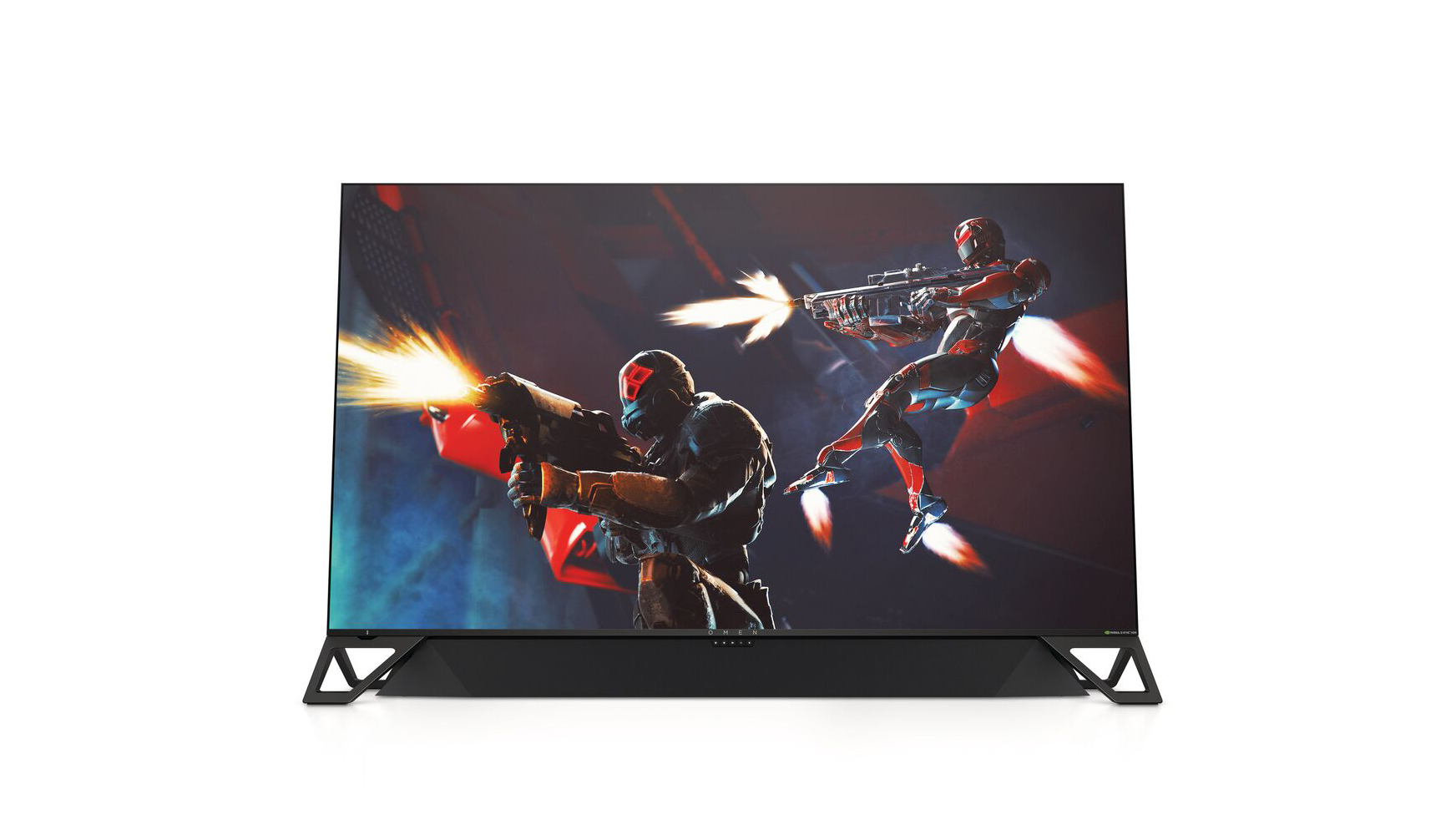
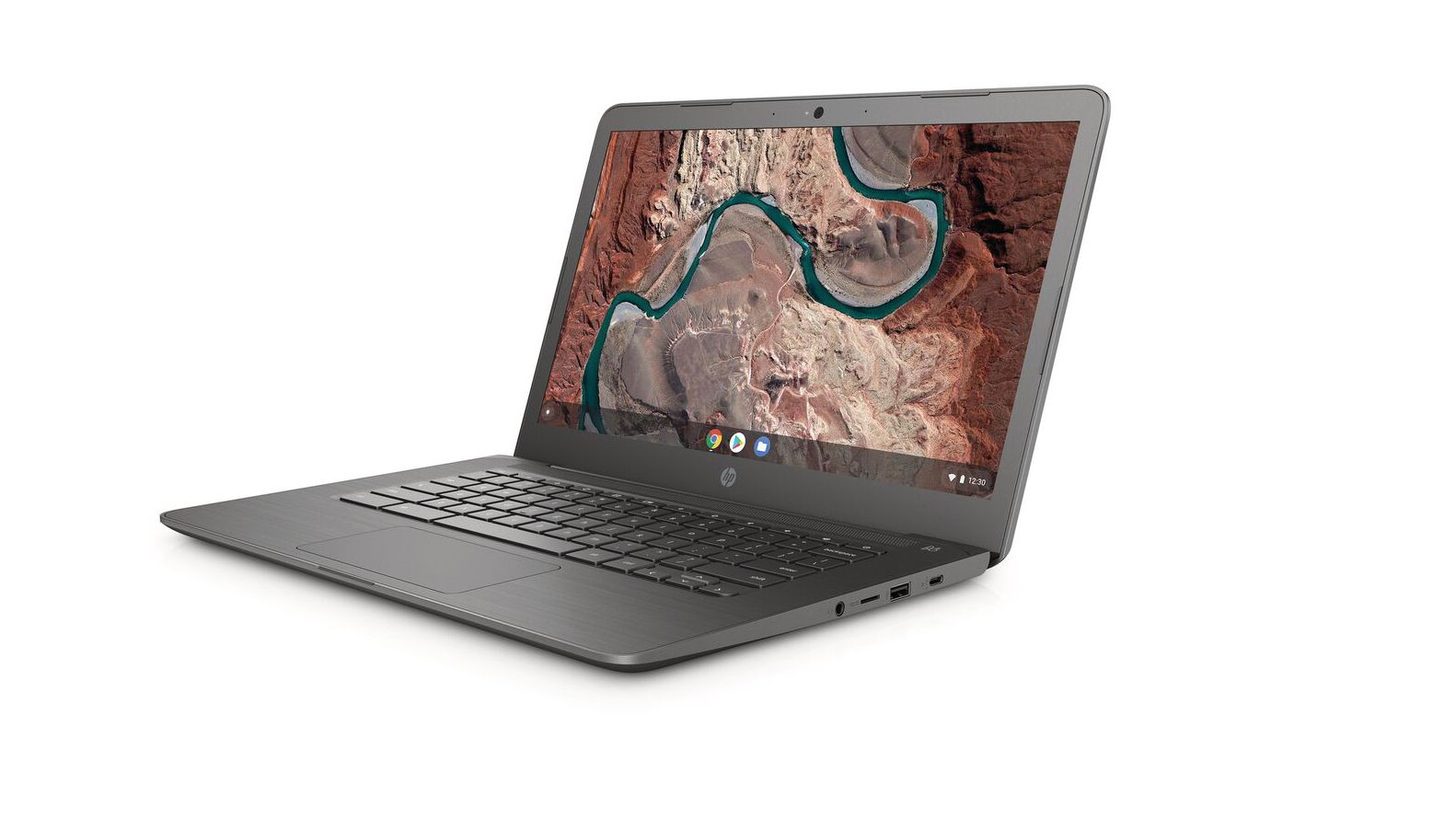

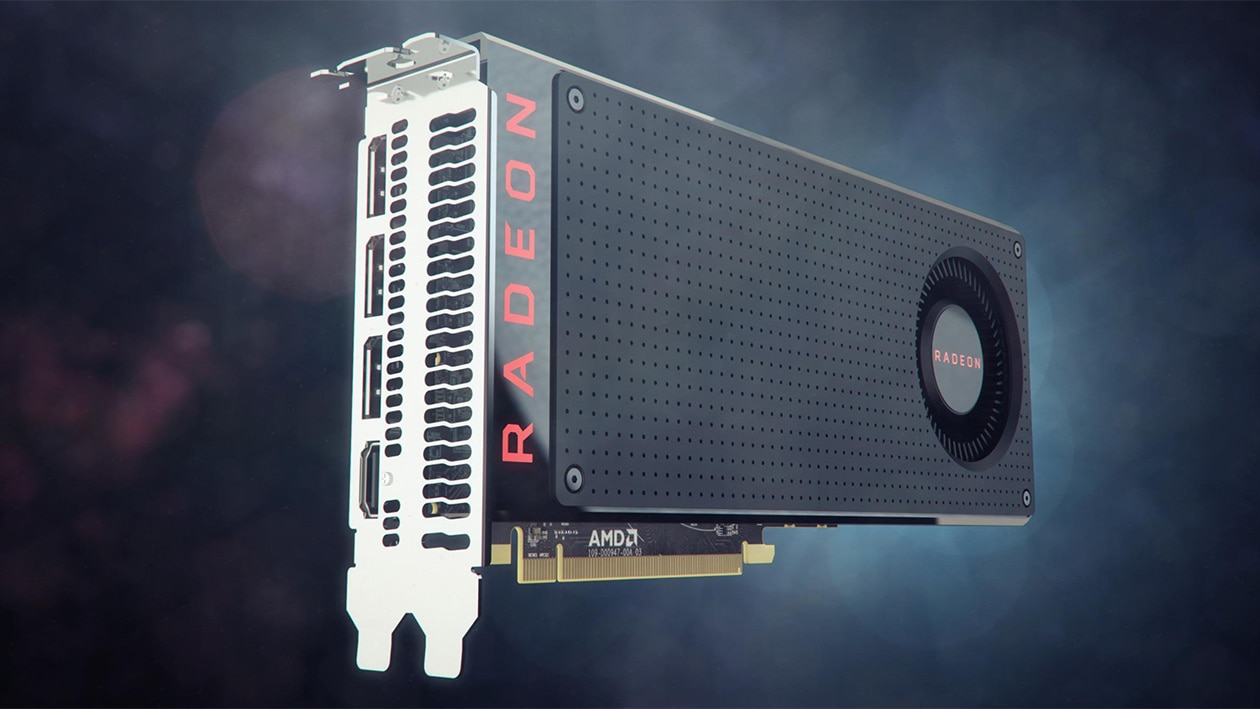
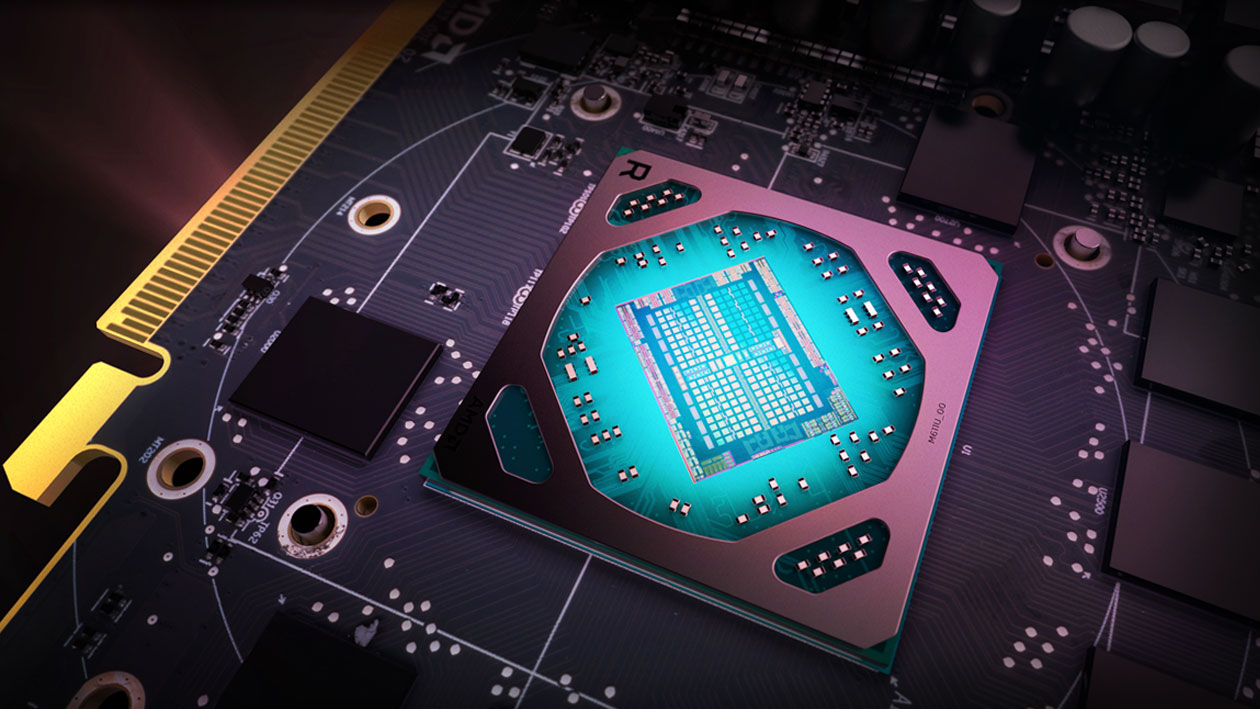
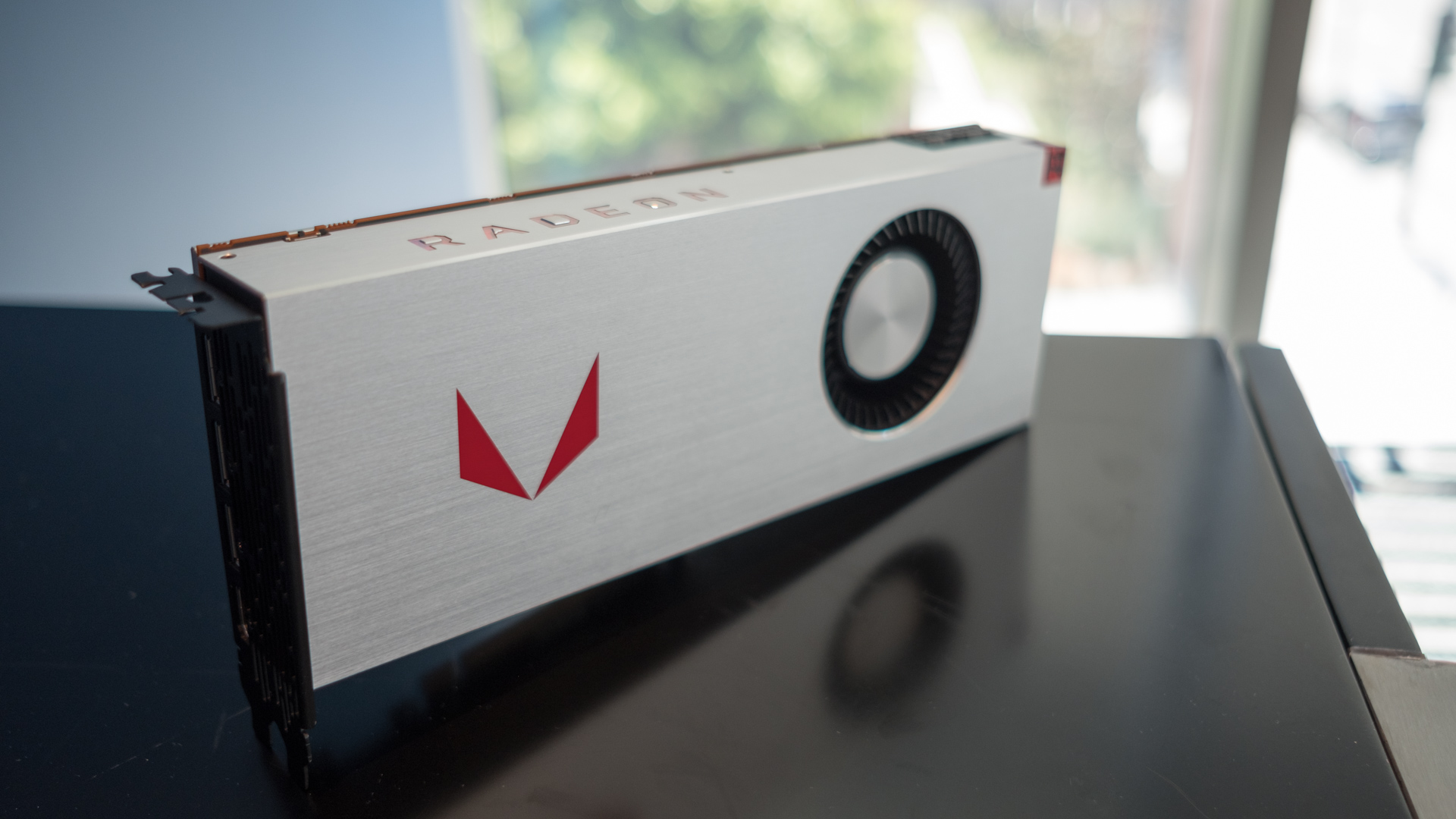
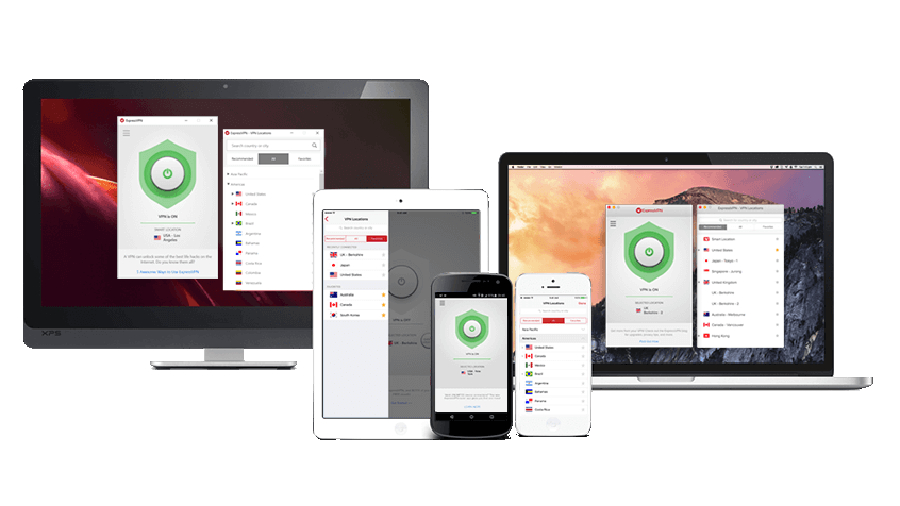
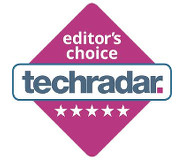



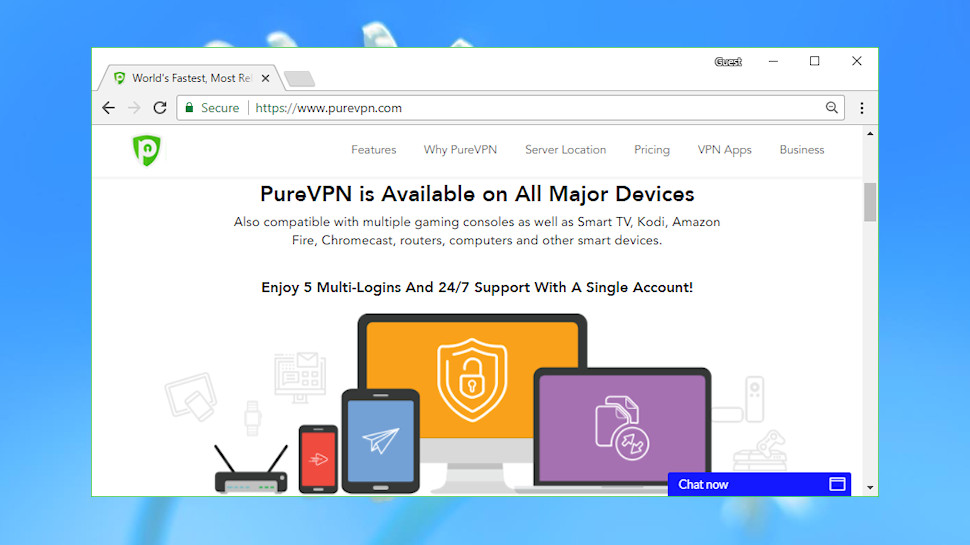

No comments:
Post a Comment